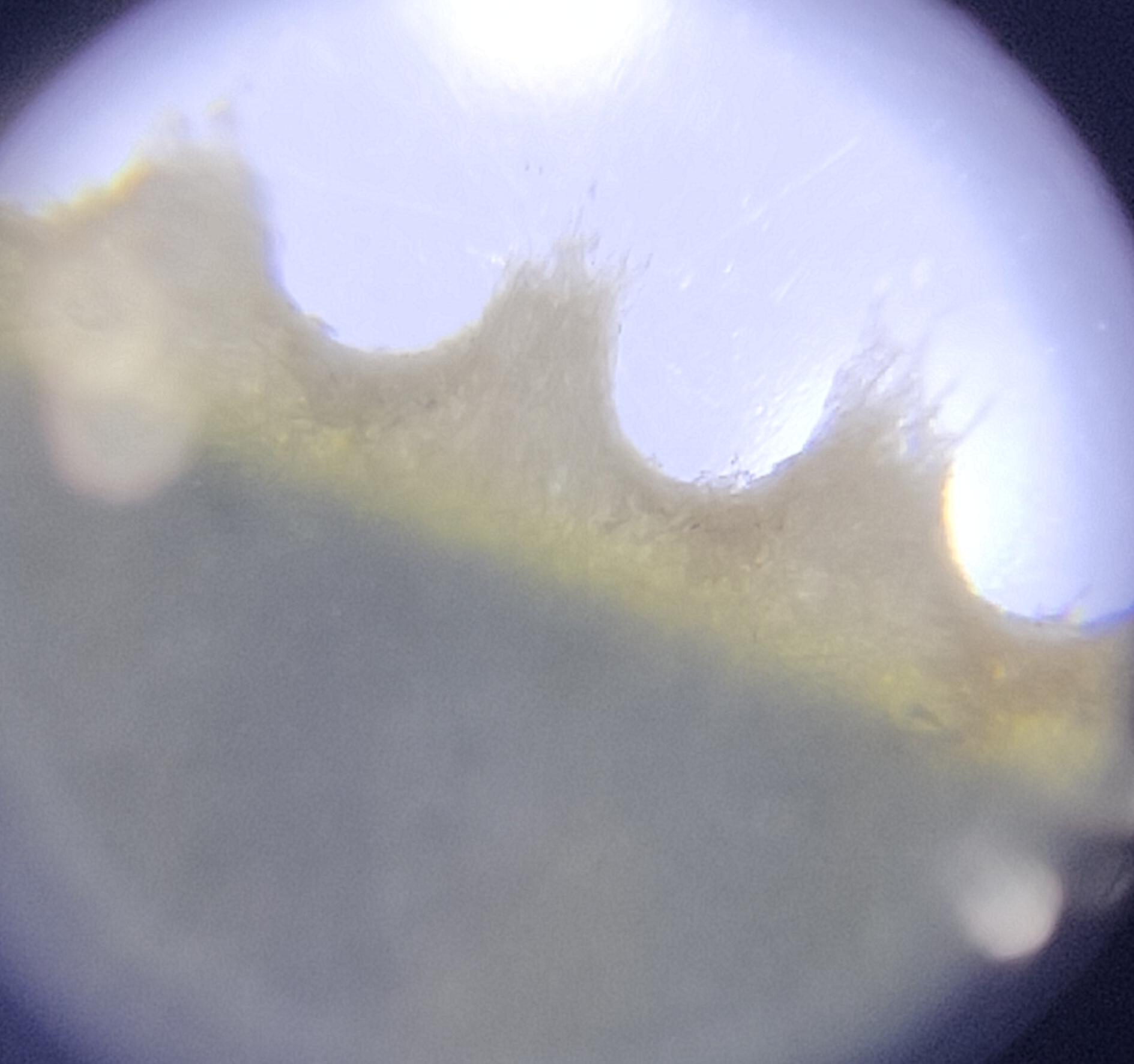Perforations: A note on Kampf and APS perforation types

Perforations are holes punched between stamps to ease separation. Apart from its prime purpose, perforations exist in different shapes, which are made such to further counter irresponsible efforts of forging stamps. Varieties in perforation are commonly due to a change of the perforation gauges in the production process, change in manufacturer of the perforating equipment, and even the use of faulty perforation pins. "The punch sets used on the perforating machines were subject to powerful forces. This factor, allied to the design problem experienced in the first two years of operation made breakages inevitable." The above is an excerpt from Stamp Perforation: The Somerset House Years 1848 to 1880, Ch. 21, p. 206. by Ray Simpson and Peter Sargent. Regardless of the reason behind the birth of these varieties, the effort to discover, learn, and collect these irregularities have gathered quite a serious following as these minute differences may sometimes be the only factor det





